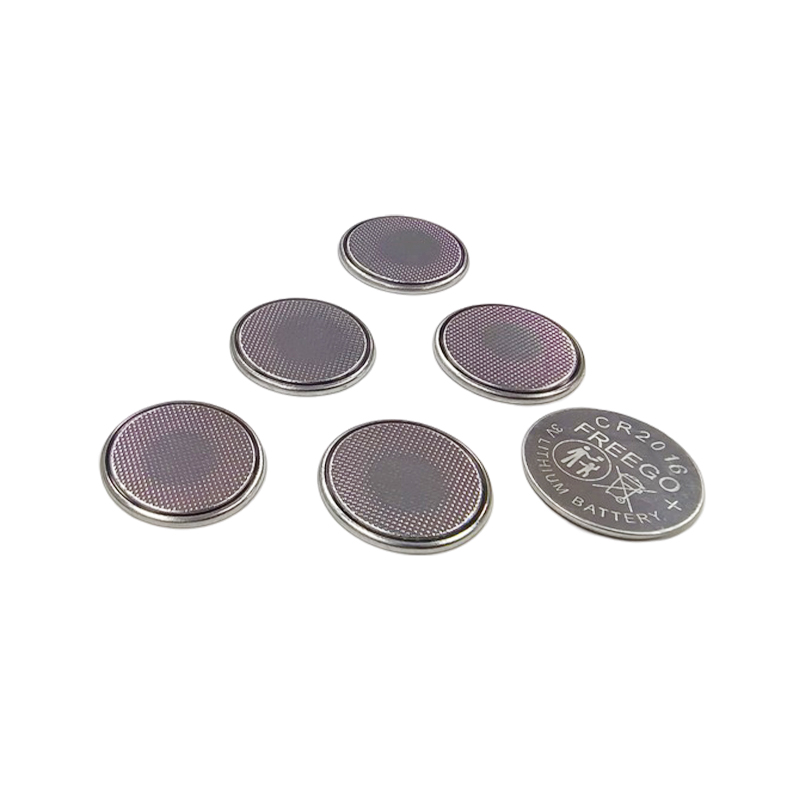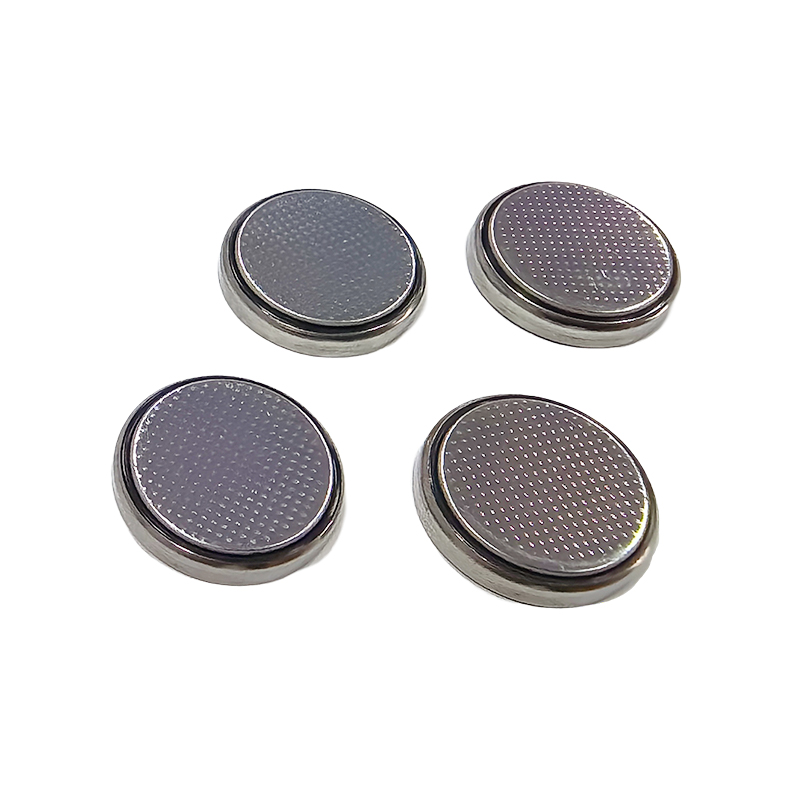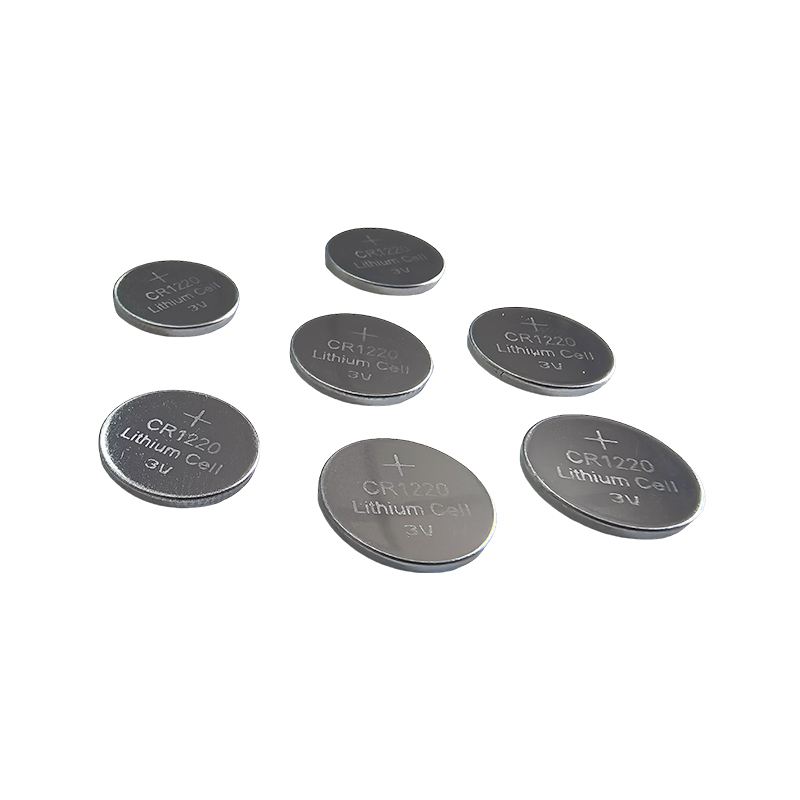How does a button battery perform under different temperature conditions?
Release Time : 2025-03-24
The performance of a button battery under different temperature conditions is a complex and critical issue, because it is directly related to the stability and reliability of the battery in various environments.
Under normal temperature conditions (such as 20~25℃), a button battery can usually perform at its best. At this time, the battery has a stable power output and low internal resistance, and can continuously provide a stable power supply for the device. In addition, the battery self-discharge rate under normal temperature conditions is also relatively low, which helps to extend the battery life.
When a button battery is in a high temperature environment, its performance may be affected to a certain extent. On the one hand, high temperature may accelerate the chemical reaction inside the battery, thereby shortening the battery life. On the other hand, high temperature may also cause thermal runaway inside the battery, leading to safety issues such as battery expansion, leakage, and even explosion. Therefore, for devices that need to work in a high temperature environment, a button battery with high temperature resistance should be selected, and the working environment temperature should be strictly controlled to avoid battery performance degradation or safety accidents.
The operating temperature of ordinary button batteries is usually between -20 and 60℃. Beyond this range, the battery performance will deteriorate. However, there are also special high-temperature button batteries whose operating temperatures can reach 125℃ or higher. These high-temperature batteries are usually manufactured with special materials and processes to ensure stability and reliability in high-temperature environments.
Compared with high-temperature environments, low-temperature environments have a more significant impact on button batteries. Under low-temperature conditions, the battery's power will drop significantly or even fail to work properly. This is because low temperatures cause the electrolyte inside the battery to solidify or increase in viscosity, which affects the ion transport and chemical reaction rate inside the battery. In addition, low temperatures may also cause the battery's electrode materials to undergo phase changes or crystallization, resulting in a decrease in battery performance.
In order to cope with the impact of low-temperature environments on button batteries, some manufacturers have developed ultra-low-temperature batteries. These batteries can still maintain good discharge performance and cycle performance at temperatures of -50°C or even lower. For example, ultra-low-temperature lithium polymer batteries can achieve an efficiency of more than 60% when discharged at 0.2C at -50°C; and when discharged at 0.2C at -40°C, the discharge capacity can reach more than 80%. These ultra-low-temperature batteries have a wide range of applications, including outdoor adventure equipment, polar scientific research instruments, and high-end drones.
Temperature is one of the important factors affecting the life of button batteries. Both high and low temperature environments may accelerate the aging and decay of batteries. High temperatures accelerate the chemical reactions inside the battery, thereby accelerating the aging of the battery; low temperatures may cause the battery's electrode materials to undergo phase changes or crystallization, resulting in a gradual decline in battery performance. Therefore, in order to extend the life of the button battery, the battery should be exposed to extreme temperature environments as much as possible.
Temperature also has an important impact on the safety of the button battery. In a high temperature environment, the heat inside the battery may not be dissipated in time, causing the battery temperature to continue to rise and trigger thermal runaway. Once thermal runaway occurs, the battery may swell, leak, or even explode, causing safety issues. In a low temperature environment, although the battery is relatively safe, too low a temperature may also cause the battery to not work properly or its performance to decline.
The storage temperature of the button battery is equally important. During storage, if the battery is exposed to high or low temperatures for a long time, its performance may be seriously affected. High temperatures may cause the electrolyte inside the battery to evaporate or decompose, thereby reducing the battery's capacity and performance; low temperatures may cause the battery's electrode materials to undergo phase changes or crystallization, resulting in the battery not working properly. Therefore, when storing button batteries, appropriate temperature and humidity conditions should be selected, and the batteries should be kept in a dry and ventilated environment.
The performance of button batteries under different temperature conditions varies significantly. In order to ensure the stability and reliability of the battery in various environments, the appropriate button battery type should be selected according to the actual working environment, and the working environment temperature should be strictly controlled. In addition, care should be taken to maintain appropriate temperature and humidity conditions during storage and transportation to avoid battery performance degradation or safety accidents.







